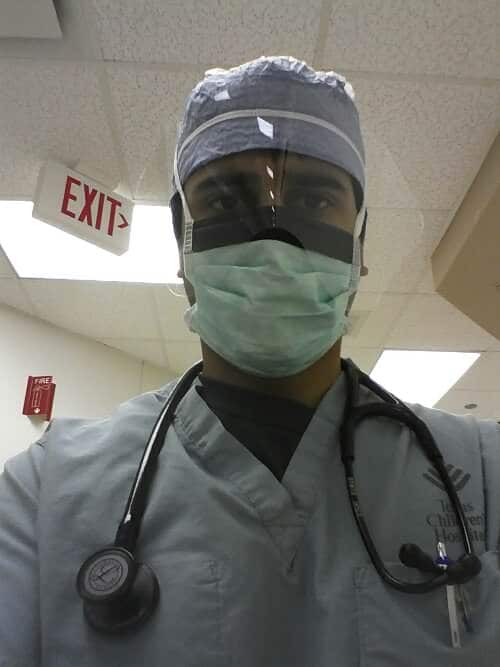The first week of CV anesthesia was relatively uneventful as many of the surgeons were out-of-town on vacation or attending conferences, but I enjoyed being back in the operating room. On my first day, I watched one of the most well-known surgeons in the Texas Medical Center conduct his cases in a precise, efficient, and tremendously adroit manner. It was my first full cardiothoracic case, and it certainly didn’t disappoint. 🙂

As one of the attendings puts it, CV anesthesia is all about tissue oxygenation and cardiac output. We have several methods to control a patient’s blood pressure (fluids, pressors, beta-blockers, etc.) and heart function (digoxin, atropine, calcium, etc.), but the pulse oximeter and routine arterial blood gases let us know if we’re meeting our goal – adequate perfusion of the body. Then there are other considerations thrown into the mix: what if the patient’s heart stops unexpectedly? What if the patient has an allergic reaction to one of the meds intraoperatively? What if a major vessel is clamped longer than expected? It’s important to plan ahead to address worst case scenarios.
Aside from the anesthesia considerations, I learned about cardiopulmonary bypass machines, CellSaver autologous transfusions, and anesthesia assistants (AAs). There are several AA students rotating at Texas Heart Institute this month, and they’ve all been nothing short of enthusiastic about this career and showing this measly med student the ropes of CV anesthesia.
Now with less than 10 days till my USMLE Step 2 Clinical Skills (CS) exam, I’m in desperate need of motivation to get beyond the first section of First Aid. But the men’s gold medal tennis match will come first this morning. 😀





